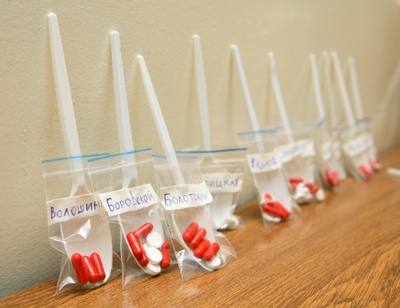 Guest blog by Gwen Eamer, Media Advisor in Ottawa
Guest blog by Gwen Eamer, Media Advisor in Ottawa
When you think about a ‘healthcare innovation’, what comes to mind? Whirring machines and hundred-dollar bills flying out the window? Sometimes, the simplest ideas can have the biggest impact. Tuberculosis is a frequently lethal infection common in many low-income countries, and the rise of multi-drug resistant TB is making it a problem in richer countries, too. With one new case every second around the world, it is a serious problem for global health. TB causes such a high burden, so the solution must be difficult and expensive, right? Not so! In fact, a simple but innovative approach used in several countries has led to a dramatic decrease in new TB cases. DOTS, short for Directly Observed Treatment – Short-course, identifies people with TB and helps them to complete their 6-8 months of treatment with no missed pills. DOTS programs are a ‘seek and destroy’ mission, actively searching for people who don’t know they have TB, then supporting them throughout their treatment. Community health workers who connect with TB patients can also educate them on other health issues. All this comes at the bargain price of between $150-750 for each death prevented. Smart and simple health innovations can solve big problems, without the big bucks.
Red Cross and Red Crescent societies from Myanmar to Russia to Mozambique have been an important part of DOTS programs. Red Cross volunteers in many remote regions are the only link between government TB programs and the patients they aim to help. Learn more about the Red Cross’ work in TB.